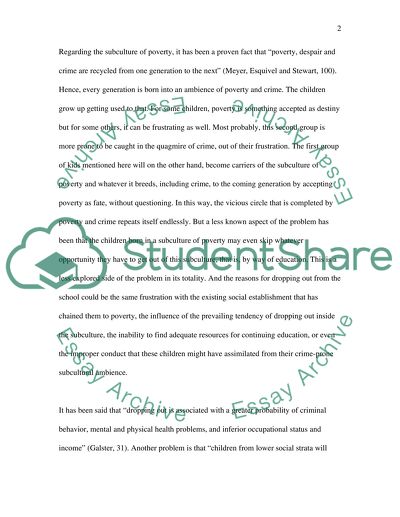Cite this document
(“Crime in the subculture of poverty: Problems in the Community Essay”, n.d.)
Retrieved from https://studentshare.org/environmental-studies/1419640-crime-in-the-subculture-of-poverty-problems-in-the-community
Retrieved from https://studentshare.org/environmental-studies/1419640-crime-in-the-subculture-of-poverty-problems-in-the-community
(Crime in the Subculture of Poverty: Problems in the Community Essay)
https://studentshare.org/environmental-studies/1419640-crime-in-the-subculture-of-poverty-problems-in-the-community.
https://studentshare.org/environmental-studies/1419640-crime-in-the-subculture-of-poverty-problems-in-the-community.
“Crime in the Subculture of Poverty: Problems in the Community Essay”, n.d. https://studentshare.org/environmental-studies/1419640-crime-in-the-subculture-of-poverty-problems-in-the-community.


